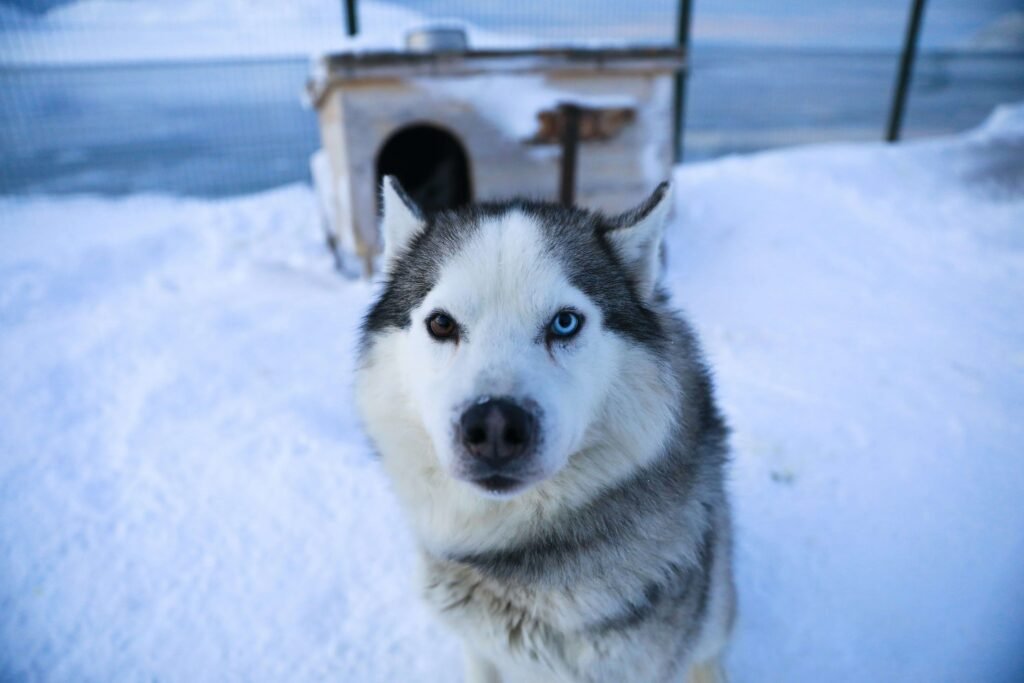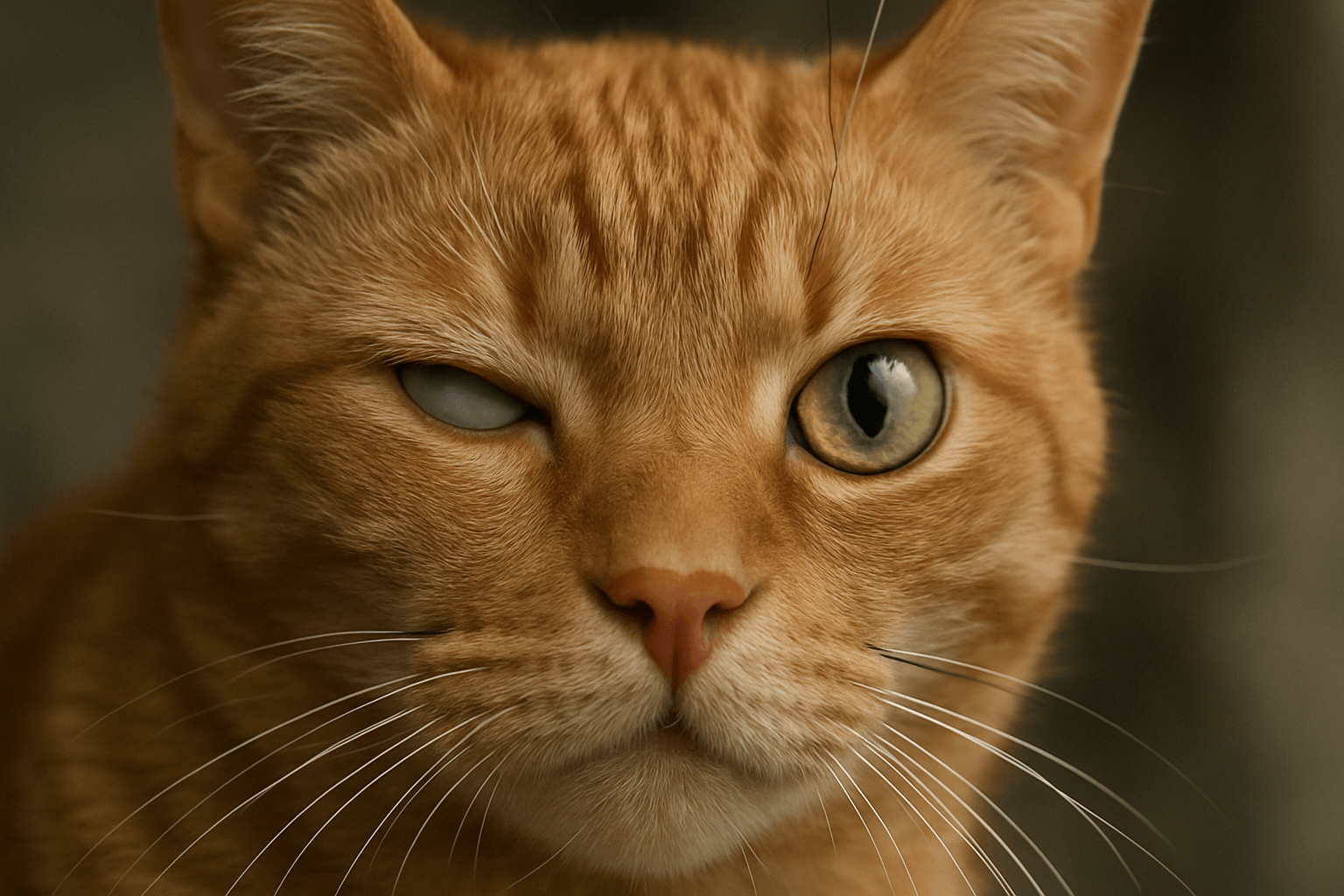How Many Teeth Do Dogs Have? A Complete Guide to Your Dog’s Dental Health
Dogs are known for their playful bites, powerful chews, and adorable toothy grins, but have you ever wondered how many teeth they actually have? Understanding your dog’s dental anatomy is essential for ensuring their overall health and well-being. From puppyhood to adulthood, a dog’s teeth go through significant changes that reflect their growth and dietary needs. In this article, we’ll explore the number of teeth dogs have at different stages of life, the types of teeth they possess, and how to care for them properly. Whether you’re a first-time dog owner or simply curious about canine dentistry, this guide will provide all the answers you need.
A Full Set: How Many Teeth Do Adult Dogs Have?
An adult dog typically has a complete set of 42 teeth, which is more than humans, who have 32 permanent teeth. These teeth are divided into four main types, each serving a specific purpose in chewing, tearing, and grinding food. Here’s a breakdown of the types of teeth found in an adult dog’s mouth:
Incisors (12 Total) :
Small front teeth used for nibbling, grooming, and picking up objects.Canines (4 Total) :
Long, pointed teeth designed for gripping and tearing food or prey.Premolars (16 Total) :
Located behind the canines, these teeth are used for shearing and chewing.Molars (10 Total) :
Flat teeth at the back of the mouth used for crushing and grinding food.
This impressive dental arsenal allows dogs to handle a variety of foods and textures. Their teeth are perfectly adapted for their carnivorous ancestry, even though modern dogs eat a more varied diet.
From Milk Teeth to Permanent Bites: The Transition in Puppies
Puppies are born without teeth, but they quickly develop a set of 28 deciduous (baby) teeth as they grow. These teeth eventually fall out to make room for the stronger, permanent adult teeth. Here’s what you need to know about the differences between puppy teeth and adult teeth:
Number of Teeth :
Puppies have 28 baby teeth, while adult dogs have 42 permanent teeth.Sharpness of Puppy Teeth :
Baby teeth are razor-sharp, making teething painful for both puppies and their owners.Teething Timeline :
Puppies start teething around 3-6 months of age, losing their baby teeth as adult teeth emerge.Importance of Chew Toys :
Providing appropriate chew toys helps soothe gums and prevents destructive chewing during teething.Signs of Retained Baby Teeth :
Occasionally, baby teeth don’t fall out, leading to overcrowding and potential dental issues.
Understanding this transition helps you support your puppy’s dental development and recognize when veterinary intervention might be necessary.
Check this guide 👉Understanding Dog Teeth Grinding: Best 7 Expert Tips!
Check this guide 👉Understanding Dog Rotten Teeth: Best 7 Expert Tips!
Check this guide 👉Understanding Why Dogs Show Their Teeth: Best 7 Expert Tips!

Puppy Teeth | Adult Teeth |
|---|---|
28 total teeth | 42 total teeth |
Sharp and temporary | Strong and permanent |
Used for early chewing habits | Designed for varied diets |
Fall out by 6 months | Fully developed by 6-7 months |
Requires supervision during teething | Needs regular brushing and care |
Trouble in the Mouth: Common Problems Related to Dog Teeth
Even with their robust dental structure, dogs can experience a range of dental issues that affect their health and quality of life. Regular monitoring and preventive care can help avoid these problems. Here are some common dental concerns in dogs:
Periodontal Disease :
Caused by plaque buildup, this condition leads to gum inflammation and tooth loss if untreated.Tooth Decay :
Though less common in dogs than humans, cavities can still occur, especially in older dogs.Broken Teeth :
Chewing on hard objects can fracture teeth, causing pain and infection.Retained Baby Teeth :
When puppy teeth don’t fall out, it can lead to misalignment and decay.Bad Breath :
Persistent bad breath may indicate underlying dental or systemic health issues.
Addressing these problems early can prevent complications and ensure your dog maintains a healthy smile for years to come.
Healthy Teeth, Happy Dog: Best Practices for Dental Care
Proper dental hygiene is crucial for your dog’s overall health. Neglecting their teeth can lead to serious medical conditions, including infections and heart disease. Here are some tips to keep your dog’s teeth in top shape:
Brush Regularly :
Use a dog-safe toothbrush and toothpaste to clean their teeth 2-3 times a week.Provide Dental Chews :
Specialized treats and chews help reduce plaque and tartar buildup.Schedule Vet Checkups :
Annual dental exams allow veterinarians to catch problems early.Monitor Diet :
Feeding high-quality, balanced meals supports strong teeth and gums.Watch for Warning Signs :
Look for drooling, difficulty eating, or swelling around the mouth as indicators of trouble.
By following these practices, you can significantly reduce the risk of dental issues and promote long-term health for your furry friend.
Nutrition and Teeth: How Food Affects Your Dog’s Mouth
A dog’s diet plays a crucial role in maintaining their dental health. Certain foods can either promote strong teeth and gums or contribute to plaque buildup and decay. Understanding how nutrition impacts your dog’s oral hygiene can help you make better dietary choices. Here’s what to consider:
Hard Kibble vs. Soft Food :
Crunchy kibble can help scrape away plaque, while soft food may stick to teeth and increase tartar formation.Raw Diets :
Raw meat and bones are believed to mimic a dog’s natural diet, potentially reducing dental issues—but they come with risks like fractures.Dental Formulas :
Specialized dog foods designed for dental health often contain ingredients that reduce plaque and tartar.Avoid Sugary Treats :
Sugary snacks can lead to tooth decay and should be avoided entirely.Hydration Matters :
Adequate water intake helps wash away food particles and bacteria from the mouth.
By choosing the right diet, you can support your dog’s dental health and reduce the need for frequent cleanings or treatments.
Spotting the Symptoms: How to Recognize Dental Discomfort
Dogs are experts at hiding pain, but dental issues often manifest through subtle behavioral and physical changes. Recognizing these signs early can prevent more serious problems down the line. Here’s what to look for:
Excessive Drooling :
Unusual drooling may indicate discomfort or irritation in the mouth.Chewing on One Side :
Favoring one side of the mouth while eating suggests possible pain or injury.Reluctance to Eat :
Avoiding meals or showing hesitation when chewing can signal dental trouble.Pawing at the Mouth :
Dogs may paw at their face or mouth to communicate discomfort.Swollen or Bleeding Gums :
Visible inflammation or bleeding is a clear sign of gum disease or infection.
If you notice any of these symptoms, consult your veterinarian promptly. Early intervention can save your dog from unnecessary suffering and costly treatments.
Did You Know? Fascinating Insights Into Canine Dentistry
Dog teeth are not only functional but also full of interesting quirks that make them unique. Learning about these fun facts can deepen your appreciation for your dog’s dental anatomy. Here are some intriguing tidbits:
Teeth Are Designed for Carnivores :
A dog’s sharp teeth reflect their evolutionary history as hunters and scavengers.Each Tooth Has a Purpose :
Every type of tooth—from incisors to molars—plays a specific role in processing food.Dogs Don’t Get Wisdom Teeth :
Unlike humans, dogs don’t develop wisdom teeth, which reduces overcrowding issues.Unique Bite Force :
Depending on the breed, a dog’s bite force can range from 200 to over 500 PSI (pounds per square inch).Teeth Reveal Age :
Veterinarians can estimate a dog’s age by examining wear patterns on their teeth.
These fascinating facts remind us just how remarkable our canine companions are—and why taking care of their teeth is so important.
Frequently Asked Questions About Dog Teeth
How many teeth do adult dogs have?
Adult dogs have 42 permanent teeth.
What should I do if my puppy is teething?
Offer safe chew toys and monitor for retained baby teeth.
Can dogs get cavities?
Yes, but cavities are less common in dogs than in humans.
How often should I brush my dog’s teeth?
Aim to brush their teeth 2-3 times a week for optimal dental health.
Is bad breath normal for dogs?
Occasional bad breath is normal, but persistent odors may indicate dental or health problems.
Final Thoughts: Prioritizing Your Dog’s Dental Health
Understanding how many teeth dogs have—and the role those teeth play in their daily lives—highlights the importance of proper dental care. From the sharp baby teeth of a playful puppy to the durable adult teeth of a grown dog, each stage requires attention and care. By staying informed and proactive, you can prevent dental issues, ensure your dog’s comfort, and enhance their overall quality of life. Remember, a healthy mouth means a happy dog. So grab that toothbrush, schedule that vet visit, and give your pup the gift of lifelong dental wellness—they’ll thank you with wagging tails and endless kisses!
Why Is My Cats Second Eyelid Showing? Best 7 Expert Tips! Understand causes, health signs, and how to respond when your cat’s third eyelid becomes visible.
How Do I Know If My Cat Died Peacefully? Best 7 Expert Tips! Discover the quiet signs of a peaceful feline passing and find comfort in their final moments.
How Do I Know If My Cat Died Peacefully? A Gentle Guide for Heartbroken Owners Losing a cat is not just …
Why Do Abyssinian Cat Colors Matter? Best 7 Expert Tips! Discover the genetics, rare hues, and care secrets behind Abyssinian coat colors for a healthier, happier cat.




